International standards are essential for efficient international trade in all but the most basic commodities. Agreement on product quality, product packaging and much more ensure exporters don’t have to create different versions of products for different markets.
There is no better example than the 40 foot shipping container, introduced in the late 1950s. Its acceptance globally by participants at every stage of the transport journey transformed international trade.
A new global market is emerging in hydrogen to store and transport energy. The technology to produce clean hydrogen through the application of electricity to water (called electrolysis) is well established. If the electricity used for the electrolysis is from renewable sources, such as solar and wind, the resulting hydrogen has zero carbon and is clean. Hydrogen can also be produced from fossil fuels with carbon capture and storage, which means that there are low to zero carbon emissions.
Australia adopts international hydrogen standards
Australia is well placed to capture a significant share of this new market, and our chances of doing so received a significant boost in July when Standards Australia adopted eight international standards relating to hydrogen quality, storage, transportation and usage.
The Australian Hydrogen Council played a pivotal role in the initial planning for the development of these standards back in 2018 with Standards Australia and was closely involved throughout the process.
Australian Hydrogen Council (AHC) CEO Fiona Simon, said: “Working with regulators and authorities to develop hydrogen policy and regulation is a priority for the AHC. We are proud to have played a key role in the standards process, working to ensure Australia has fit for purpose standards and regulations.”
The AHC has a number of working groups across a variety of topics, including a group that covers the adoption of standards. Other working groups focus on technical regulatory policy development, skills and training, and social licence.
Now the international standards have been adopted as Australian standards, Simon is calling on regulators to implement them as a matter of priority.
“Creating a stable and efficient regulatory environment across the hydrogen supply chain is a key element to ensure the industry thrives,” she said.
“Hydrogen has the potential to transform global energy use and change the way we power transport, homes and industries and this must be underpinned by relevant and best practice standards.”
Multibillion dollar export targets
Simon said Australia’s ample supplies of wind and solar energy, made the country well placed to be “a global leader in exporting renewable hydrogen”.
The Australian Government’s National Hydrogen Strategy released in November 2019 set a goal of Australia becoming a major global player in the hydrogen economy by 2030. It said one measure of that success would be Australia being one of the top three exporters of hydrogen to Asian markets.
A 2018 report prepared for the Australian Renewable Energy Agency estimated Australia could earn up to $1.59b from the export of up to 344,800 tonnes of hydrogen in 2025 rising to 3.18 million tonnes worth $13.4 billion by 2040.
Those were the report’s most optimistic forecasts, and the new standards should greatly increase the chances of those forecasts being realised.
“Our global trading partners are hungry for clean hydrogen and are currently shopping around for reliable, high volume suppliers.
“Building the right regulatory frameworks will be complex and will take time. This work should start now so we can be ready to meet international demand for Australia hydrogen.”
“An example of potential regulation is a ‘guarantee of origin’ with associated certification for Australian hydrogen. This is particularly important for the development of a credible, valuable and differentiated hydrogen product for our international partners.”
Eight new hydrogen standards
There are eight new hydrogen standards. Adoption of international standards can facilitate safe use, transport and trade of the energy source. They cover:
– safety aspects of hydrogen generators;
– the performance of stationary hydrogen generators for residential, commercial and industrial applications;
– the quality of hydrogen fuel for vehicular and stationary applications;
– the construction, safety and performance of systems to produce hydrogen by the electrolysis of water;
– design and safety features of systems to purify hydrogen to meet quality standards;
– design, construction and testing of portable hydrogen containers;
– design, manufacture and testing of tanks for hydrogen-powered vehicles;
– safety and testing of high pressure valves used in refuelling stations for hydrogen powered vehicles.
The views and opinions expressed in this article are the author’s own, and do not necessarily reflect those held by pv magazine.
This content is protected by copyright and may not be reused. If you want to cooperate with us and would like to reuse some of our content, please contact: editors@pv-magazine.com.
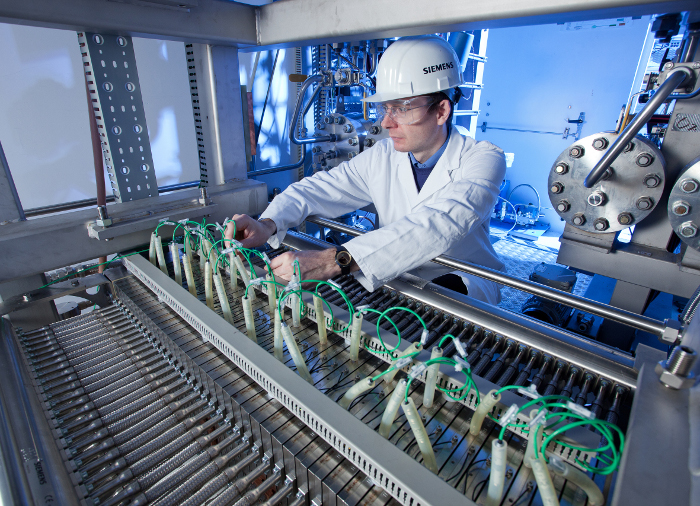
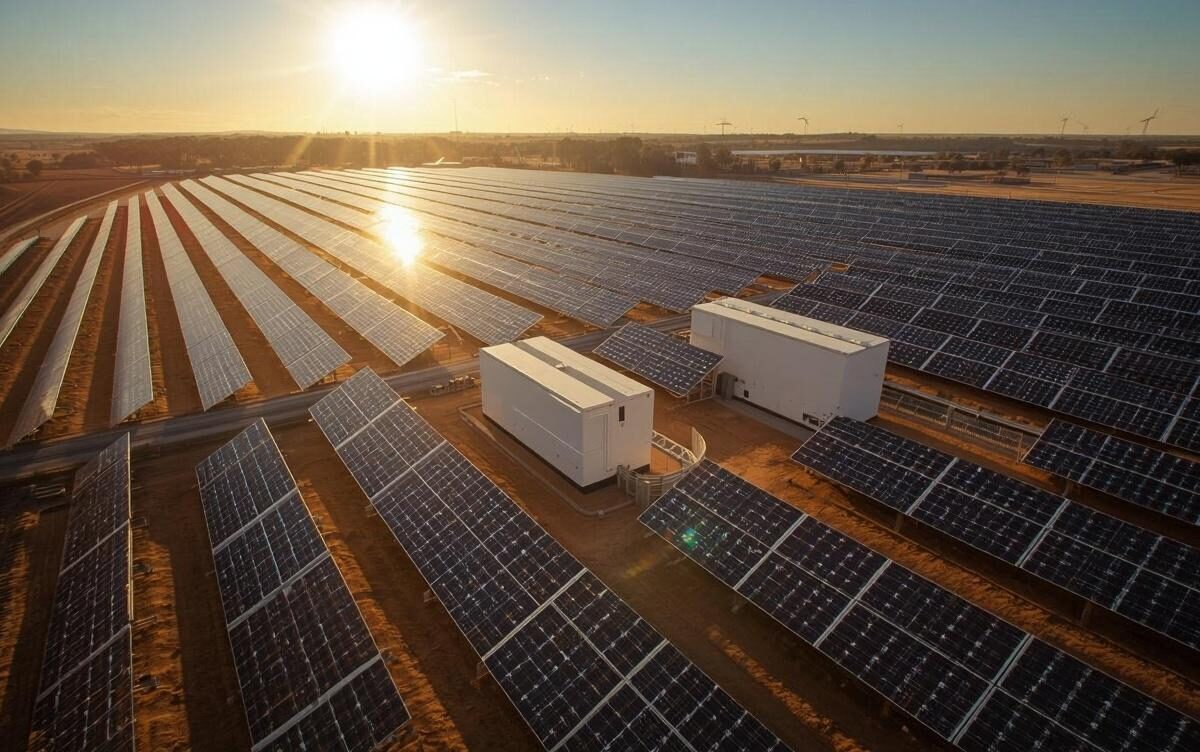

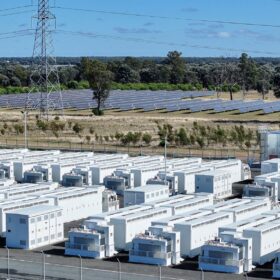

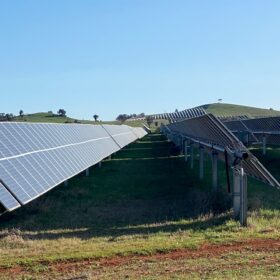

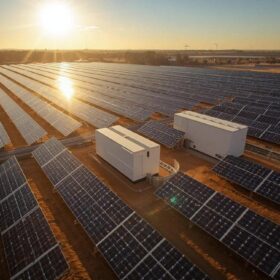
There is a lot of hype over hydrogen for energy export but how can hydrogen compete when 80% of the energy content is consumed during manufacture storage and transport. Most hydrogen used today is manufactured by steam reforming and used on site because hydrogen is difficult to store and transport. Producing this hydrogen from renewable sources makes sense (e.g. green ammonia). Already there are plans to deliver green electricity to Asia via undersea power cable because of the more efficient energy transfer.